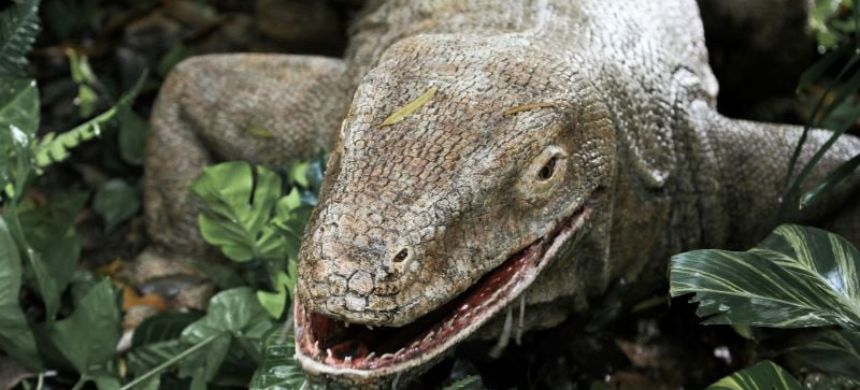A recent study published in *Nature Ecology & Evolution* has uncovered that the Komodo dragon, the world’s largest living lizard, has iron coatings on its teeth. This unique feature, previously unreported in carnivorous reptiles, was revealed through advanced chemical and structural imaging led by researchers from King’s College London.
The iron-rich coatings, primarily found on the tips and serrations of the Komodo dragon’s teeth, play a crucial role in enhancing their effectiveness. These lizards use their serrated teeth to kill a wide range of prey, from rodents to water buffalo. The iron coatings likely provide added strength and durability to their teeth, aiding in their predatory functions.
Also Read: Research reveals the carbon storage potential of planted mangroves.
Similar iron coatings were also observed on the teeth of other reptiles like monitor lizards, crocodiles, and alligators. However, the study found no evidence of such coatings in the fossilized teeth of reptiles and dinosaurs closely related to Komodo dragons, suggesting that this feature may have been lost over time.
Komodo dragons, which inhabit the Komodo National Park and neighboring Flores island in Indonesia, are critically endangered, with only about 3,458 individuals remaining in the wild. They face threats from habitat destruction due to human activity and climate change. The study’s findings contribute valuable insights into the evolutionary biology of these formidable reptiles.











